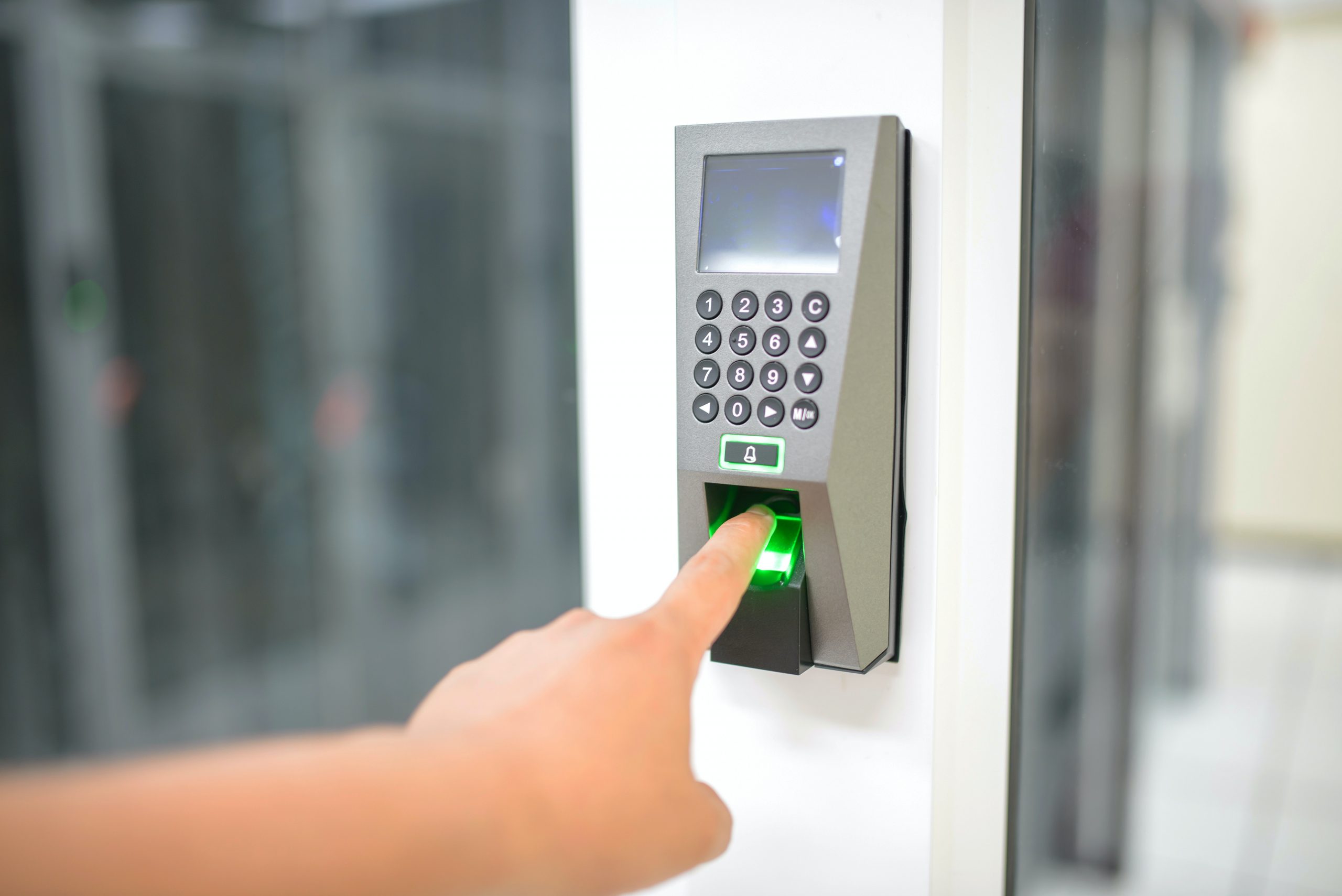Last Updated on: 21st November 2023, 08:45 pm
In today’s digital landscape, protecting your digital identity is of utmost importance. With the increasing prevalence of cyber-attacks and data breaches, relying solely on passwords for authentication is no longer sufficient.
Fortunately, Multifactor Authentication, also called MFA, adds an extra layer of security by requiring users to provide multiple factors of authentication to verify their identity – often requiring the user to verify with an additional device, such as their phone.
This article will explore the benefits of MFA and discuss how businesses can effectively implement it to enhance digital security.
Understanding Multifactor Authentication
Multifactor authentication involves the use of two or more independent factors to verify a user’s identity. These factors typically fall into three categories: something you know (e.g., password, PIN), something you have (e.g., smartphone, hardware token), and something you are (e.g., fingerprint, facial recognition).
By combining these factors, MFA significantly strengthens the authentication process, making it more difficult for attackers to gain unauthorized access. Often, the effort required to breach such MFA solutions can simply cause attackers to search for less well-guarded targets, protecting you from an attack before it even begins.
Enhancing Security with Multiple Layers
The primary benefit of MFA is that it adds an extra layer of security to the authentication process. Even if an attacker manages to obtain a user’s password, they will still require an additional factor (e.g., a smartphone with a one-time passcode) to gain access. This additional layer makes it significantly more challenging for attackers to compromise user accounts, providing a higher level of protection.
However, it is important to remember that layered security is only as effective as the number of other layers you have supporting each other. So, you should consider engaging in additional forms of cyber security, from firewall solutions (provided by services like watchguardonline.co.uk) to data backups and even ad-blockers.
Implementing MFA in a Phased Approach
Implementing MFA across all systems and services at once can be challenging and often even extremely disruptive – both to your employees who must manage the new systems and to your users who have to contend with a new and seemingly complicated system of signing in.
Instead, you might consider adopting a phased approach, starting with high-risk accounts or critical systems and gradually expanding the implementation to suffuse your entire organization. This allows for proper testing, user onboarding, and fine-tuning of MFA policies before full deployment, which will likely go far better due to more careful adoption.
Staying Current with MFA Technologies
MFA technologies continue to evolve, and it is important to stay updated with the latest advancements. Keep track of new authentication methods, improvements in biometrics, and advancements in adaptive authentication that provide additional security layers based on contextual information.
What’s more, as you learn about new advancements and improvements to this technology, you should also regularly assess and enhance the MFA implementation within your business to better align with industry best practices and emerging security standards. You’ll thank yourself for doing so.




